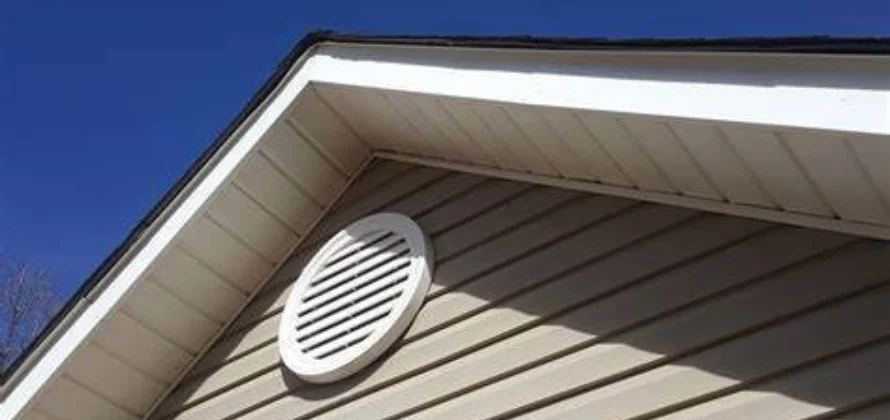
A cool roof is specifically designed to reflect the sun’s rays and absorb less heat than your average roof. Typically, an energy-efficient roof is made up of a highly-reflective type of paint, covering, or reflective tiles and shingles. Almost every roof in the country could benefit from higher efficiency, not just your average household. You’ll want to consider climate and other factors first, though.
If you look through an architectural design magazine, you’re likely to notice a few flat-roofed homes and pitched roofs. A flat roof is typically renowned. Most receive accolades due to their modern appearance and popularity. However, a little-known fact is they’re more energy efficient, too. These roofs often gain a bad reputation for leaking, which stems from poor maintenance. When it comes to thermal performance, a flat roof typically beats a pitched roof by a margin. The reason? Many flat roofs rely on innovative insulation methods and newer materials, which lower overall heating and cooling demands.
A low-sloped or flat roof demonstrates higher energy efficiency due to its insulation, which is different from your average household roof. Generally, these roofs use a membrane system, which is applied by a professional over sheets of rigid insulation. A pitched roof, on the other hand, uses a cavity insulation system, where fiberglass – or loose insulation with blankets – is pressed tightly between joists.
Rigid insulation has zero gaps, unlike the cavity system. It is more efficient. Roofing professionals typically refer to this method as “continuous” insulation – meaning the roof has the same value at each point, with no breaks in coverage.
Are you looking for a more energy-efficient roof? Contact Paradigm Roofing by calling 972-542-7774. We’ll find a material and method that works based on climate and other factors. In fact, our professional installation will ensure you save money on energy usage each month!